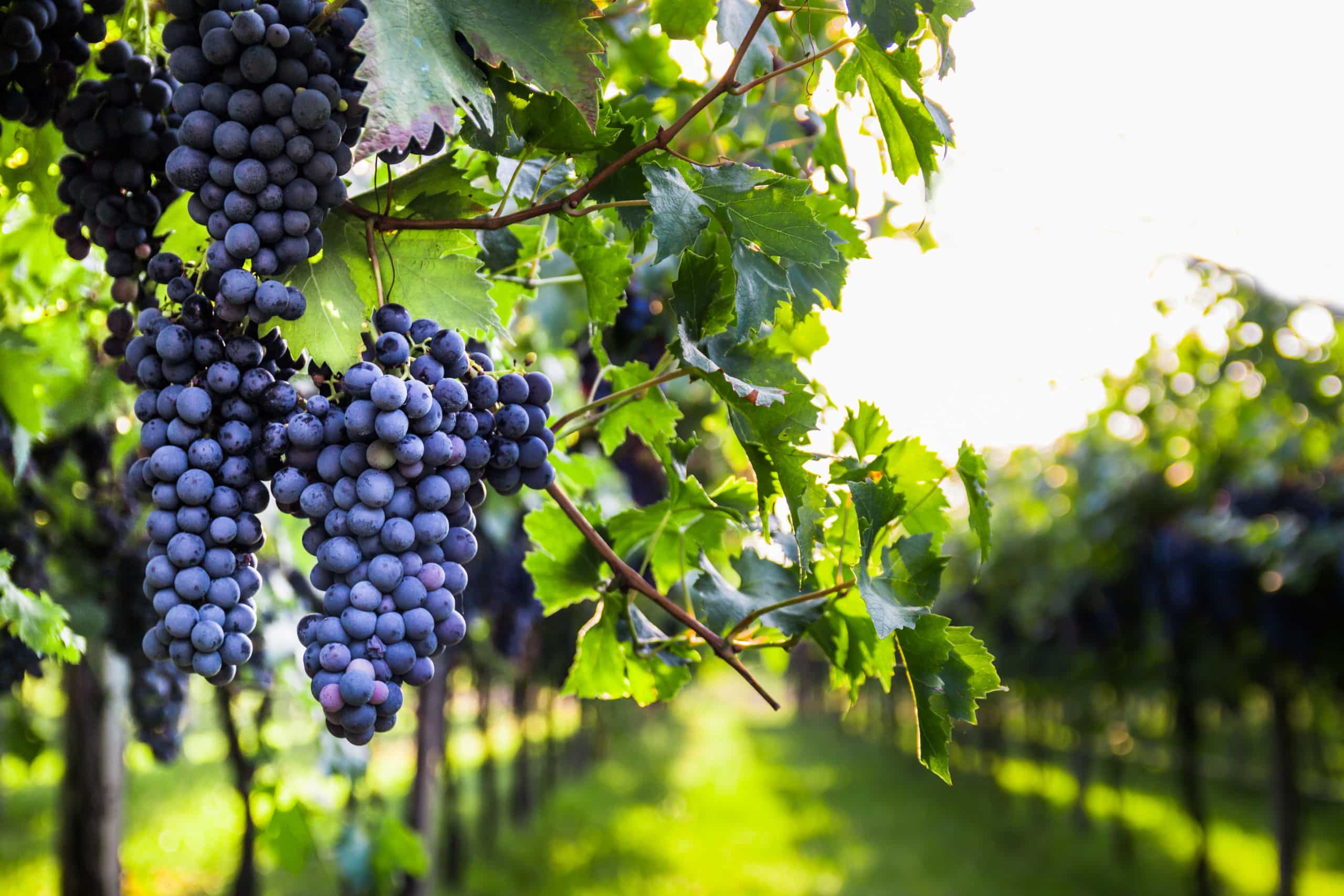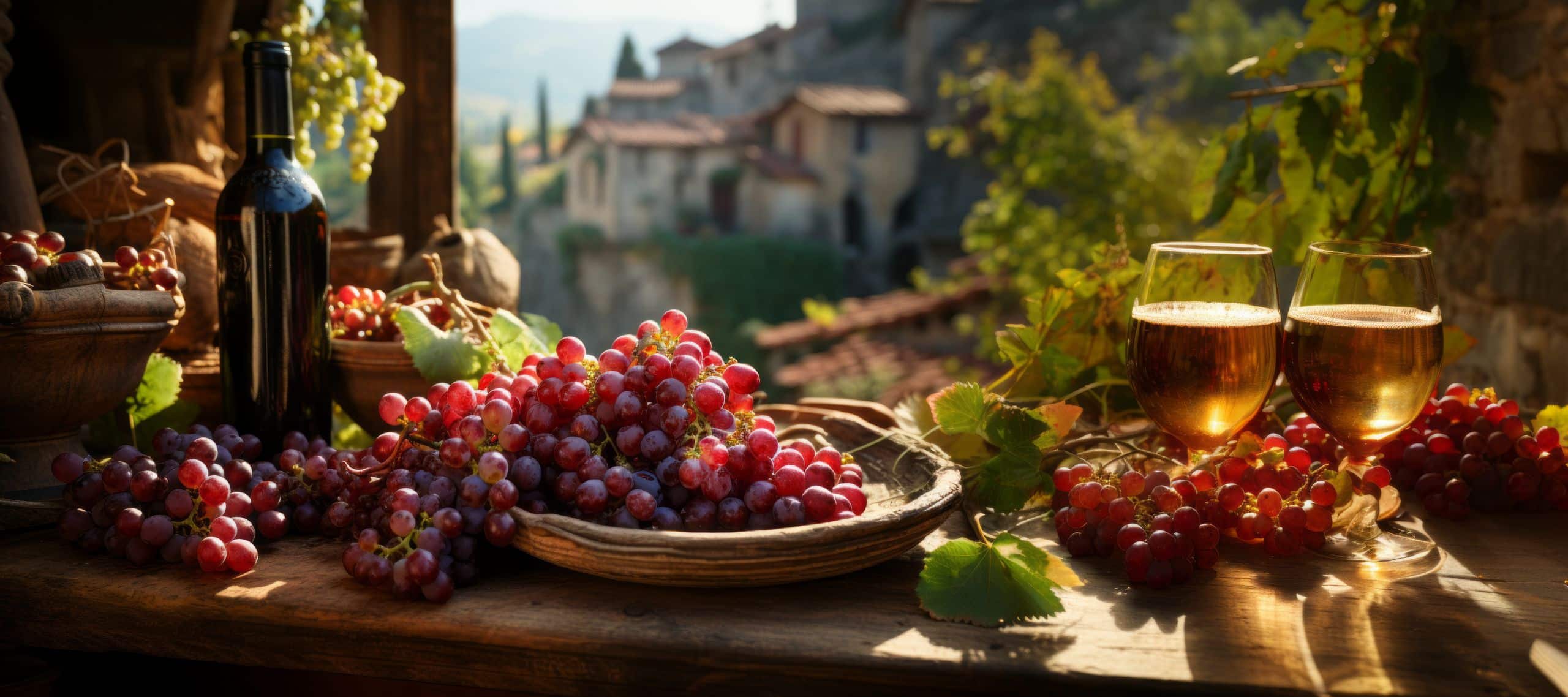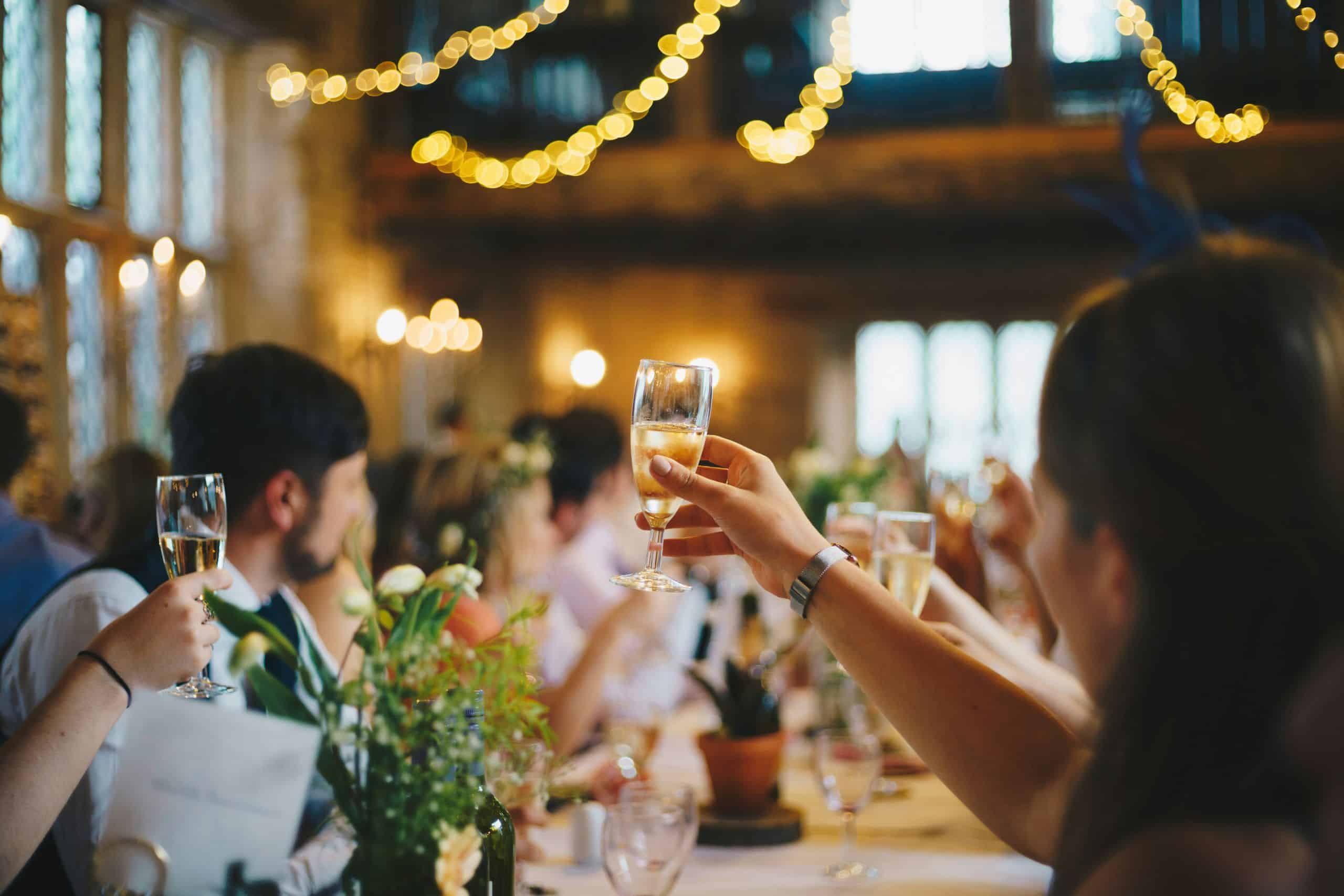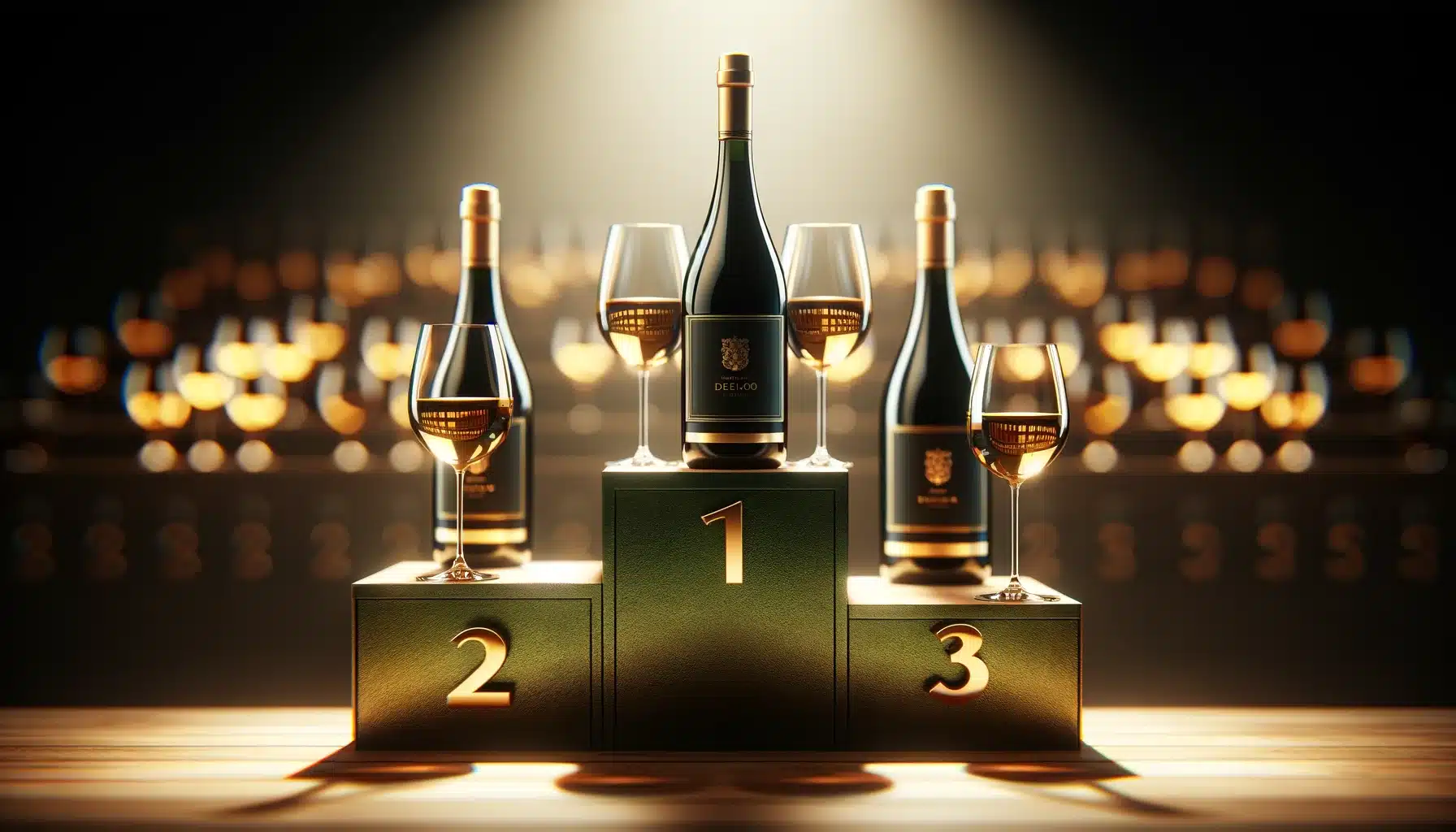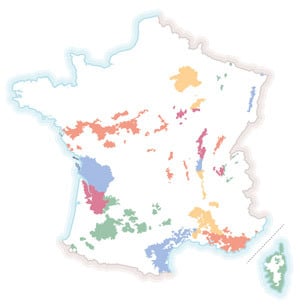
Contents
La lie
Once aged, the wine undergoes one or more fermentations. During the first fermentation (alcoholic fermentation), and the second fermentation (malolactic fermentation) if it takes place, particles forming a yellowish deposit form on the wine in the vat or barrel: this is the lees. It is also found in certain red wines.
The lees consist of yeast, bacteria and flocculated, precipitated organic compounds.
Ageing white wines on lees
Many white wines are aged on lees to enhance complexity and substance. Champagne is bottled, Burgundy is barrel-aged, and Muscadet sur lies in vats in the Pays Nantais region.
During the first racking (decanting of the wine into another container), the larger lees are separated from the juice, allowing the finer lees to impart a certain fatness and complexity to the wine. Wine generally feeds on its fine lees throughout the winter.
During this aging process, yeast autolysis takes place: the yeasts die and their contents are degraded by cellular enzymes that diffuse into the wine. It is these enzymes that forge the character of wines aged on lees.
In recent years, enzymes have been used to accelerate yeast degradation and improve wine aromas and overall aging quality.
Ageing red wines on lees
In the 1990s, malolactic fermentation replaced aging on lees. Aging on the lees for too long can damage the quality of the wine, bringing with it aromas of rotten eggs, for example, which requires intense aeration. Today, malolactic fermentation in barrels is widespread, and the question of ageing on lees in Burgundy and Bordeaux wines is back in the spotlight.
The lees contain anti-oxidant properties that enable the wine to be aged for longer, and the oxidative aging process to take place while preserving the wine’s fruity aromas.
Finally, maturing on lees with stirring (stirring the fine lees to prevent them from settling to the bottom of the barrel or vat) enriches the wine in macromolecules and thus improves its fatness and roundness.
Photo by Tamara Malaniy / Unsplash
